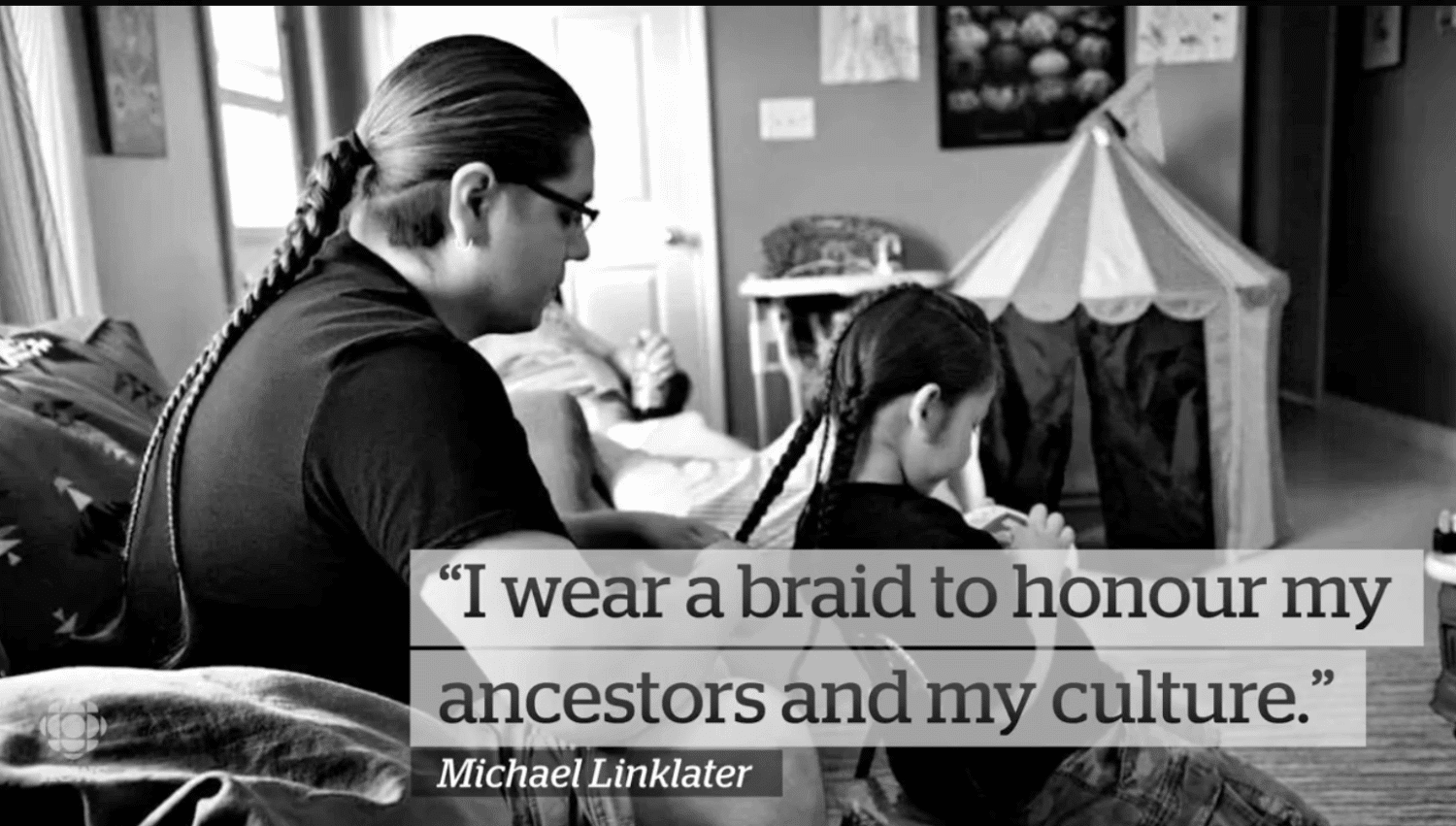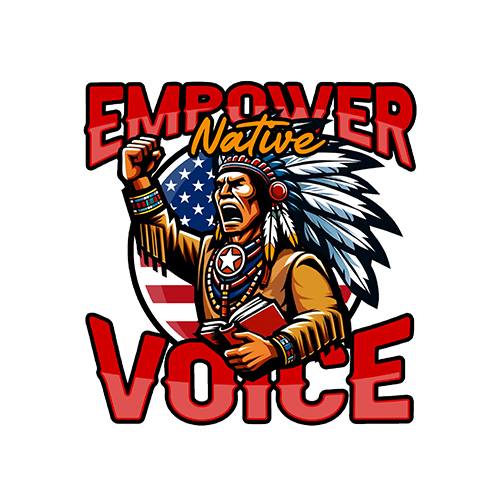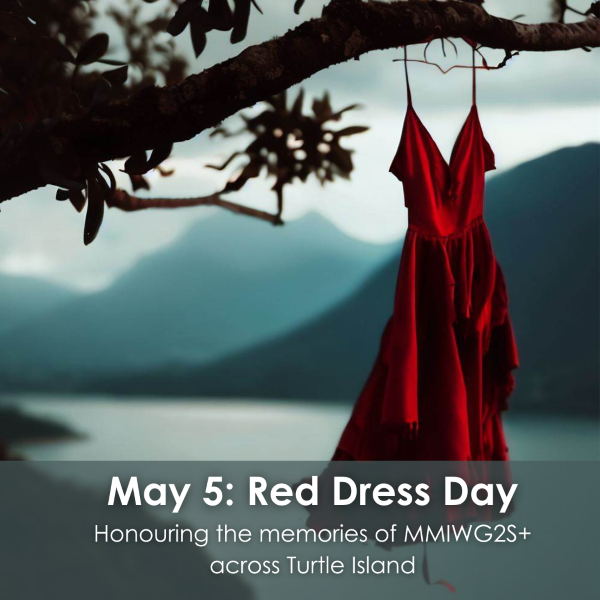There are many teachings and practices in our tribal cultures that are significant to who we are as Native people. One of many things important to our cultural identity is, our hair. Our hair is considered sacred and significant to who we are as an individual, family, and community.
In many tribes, it is believed that a person’s long hair represents a strong cultural identity. This strong cultural identity promotes self-esteem, self-respect, a sense of belonging, and a healthy sense of pride. As part of the practice in self-respect, we are taught to take good care of our hair through proper grooming. In preparation for ceremonies, we take great care in the grooming, styling, and ornamentation of our hair. Our hairstyle and ornamentation are guided by the values of our family and tribe. It is a form of creative self-expression that reinforces our connection to our family, tribe, and Creation. Some tribes will use two braids, while others will use three. Some families will paint their hair depending on the ceremony or their family’s distinction. Women and men will adorn their hair with fur wraps, woolen wraps, feathers, fluffs, and bead work for war dancing and ceremonies.

How we relate to our hair is a constant reminder of our connection to our culture and a distinct worldview grounded in the sacredness of relationships. Braiding a child’s hair is the beginning of establishing an intimate and nurturing relationship. My mother used to braid my little brother’s hair every day before school. When my grandfather died, my mother cut my brother’s hair. She expressed the sadness she felt because she could no longer sit with him and braid his hair. It was a special time of bonding for the two of them.
At pow-wows, it is common to see family members and friends brushing and braiding hair for each other. It’s a beautiful way to bond and a powerful way to reinforce the sacredness of relationships. There is a teaching about the symbolism of the braid, itself, that reaffirms this practice. It is said that single strands of hair are weak when tugged on, however, when you pull all of the hair together in a braid the hair is strong. This reinforces the value of the family and tribe along with our connection to all of creation.
When I was about 5 years old, my grandfather first told me about being forced to cut his hair when he was carted off to boarding school, and I am sure I heard this more than a dozen times as I grew up. But as I got older, he would tell me more about his experience and what it meant to him. Eventually, he told me his hair was cut in an effort to strip him of his culture and identity. Cutting his hair was their way of showing dominance over him through forced assimilation. He said that every time his hair was cut, he would cry, and every time he would cry, he would be physically punished. Unfortunately, being forced to cut our hair was a common practice in many institutions and schools across the country, and is still occurring as recent as 2018.

His story is important because we are taught as children that we don’t cut our hair unless we have experienced a significant loss, like the death of a close family member, traumatic event or significant life change. Tribes have different teachings about the value of hair and how to care for it. In our family, we are taught that our hair is a physical extension of all our thoughts, prayers, dreams, aspirations, experiences and history. When we cut our hair, it represents the end of something that once was and a new beginning. When we do have to cut our hair, it is never to be thrown away, but rather, burned with sage or sweetgrass in a ceremonial way. When our hair is burned, all of our thoughts, prayers, dreams, aspirations, experiences, and history rise to the Creator to be properly taken care of. We are then guided in the direction for our prayers to be answered. Throwing our hair away is a form of personal disrespect. So, when my Grandfather had his hair cut off and thrown away, his tears were of deep grief, confusion, helplessness, and shame. It was against everything he had ever been taught, along with grieving the loss of everything his hair represented to him. When this cultural practice was common in most Native communities, it was easy to recognize when someone in the community was grieving or experiencing a significant change in their life, because their long hair was no longer.
With our hair embodying so much of who we are, boundaries are important. Touching someone’s hair without permission is disrespectful in the Native community. Some even find that asking permission is a form of disrespect, especially with children and elders. This is not something to take personal, it’s our way of protecting ourselves from the energy of someone we know nothing about.
Does your family or tribe have special teachings about hair? We would love to hear and learn from you.




